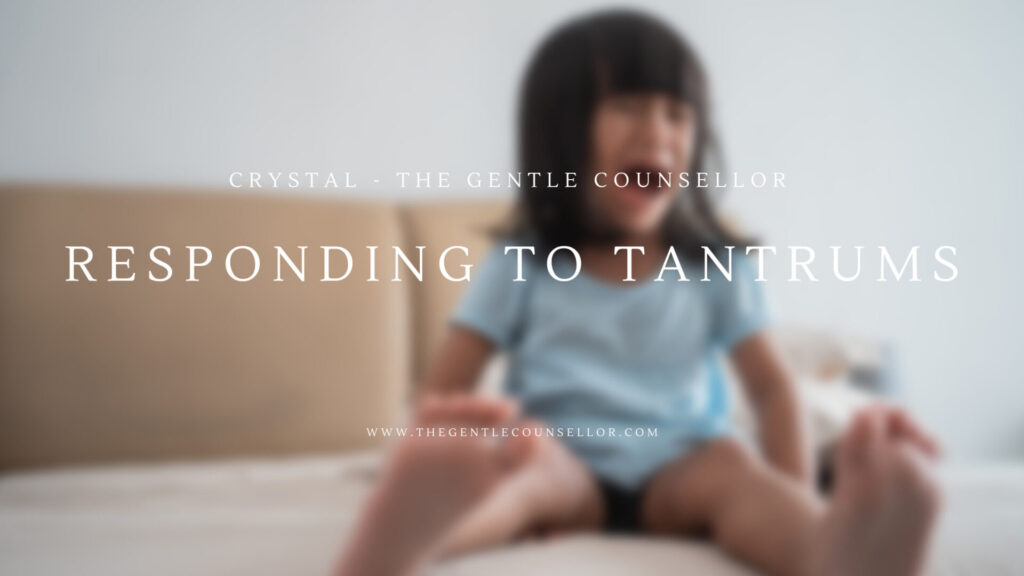
If you have a toddler, I am sure you are familiar with tantrums. If by some miracle you have no experience with one, a tantrum is an uncontrolled outburst of anger and frustration, typically in a young child.
I’m going to be honest. I do not like the word ‘tantrum’ because I feel this is really dismissive to the very real emotions that our children are feeling. Think of it this way… how would you feel if on the worst day of your life, when everything went wrong, nothing went to plan or the way you hoped, and you go to a trusted loved one for some support, you’re hot, sweating, your chest is tight, your hands are in a fist, your jaw is clenched… and they tell you to stop having a tantrum. How would that make you feel? I bet it wouldn’t make you feel any better, huh.
“But they are having a temper tantrum to get their own way and manipulate me. They should just know how to behave” I hear you say!
Well. Let’s look at the difference between an adult and a young child.
One has a fully developed brain.
The other does not.
Can you take a guess at which one is which?
Also, I know plenty of adults who are unable to regulate their emotions. Have you ever seen a grown man lose in his computer game? Or have you ever been cut off on the road whilst driving and had some colourful words come out of your mouth?
Think of it this way. This could be the very first time your child is ever experiencing this emotion. And oh my how uncomfortable some of these emotions can be.
Anger. Shame. Guilt. Sadness. Disappointment. Frustration.
These feelings can come out in yelling, whining, crying, screaming, hitting, kicking, stomping, even breath holding.
The goal here should not be to stop this process from happening. If we are not allowed to feel our feelings, they become internalised and feed us stories of our unworthiness and unlovability.
But when someone is able to be with us during these tough moments. That is the beauty of human connection and coregulation. From this space, we are able to learn how to regulate our emotions and express them in ways that are healthier for our wellbeing. There are always going to be times in life when we experience the cruelties of life. The goal is to learn how to cope through these situations.
3 Keys To Respond To Tantrums
1. No one is calm.
I am not ok and my child is not ok. We are both dysregulated and tension is high.
The first step is identifying the likelihood that neither you or your child is calm. Your child not being calm is a bit more obvious. You may be dysregulated from some other life stress, or your child’s emotional outburst may be triggering you. Once you recognise this, then you can move into step 2.
2. I am calm enough.
I have taken the time to regulate myself so I can be there to support my child and coregulate.
Taking a quick time-out for yourself is essential to being able to regulate your own emotions so that you can be there for your child. This is the beautiful space where coregulation happens. If you find this challenging, it is likely that you are not calm enough. Once you are, then comes step 3.
3. We are calm enough.
I am able to connect with my child first and tap into empathy. We are coregulated.
Woohoo! Now you are both in a calm ENOUGH state together. Notice how I have used the word enough, because you don’t need to get all the way to sunshine and rainbows. You just need to be close to baseline so you are able to respond instead of react.
If you need more support, I’m here.
If you find step 2 particularly hard, you may like my Emotional Regulation Guide
You may also like to check out the Circle of Security Parenting program I offer.